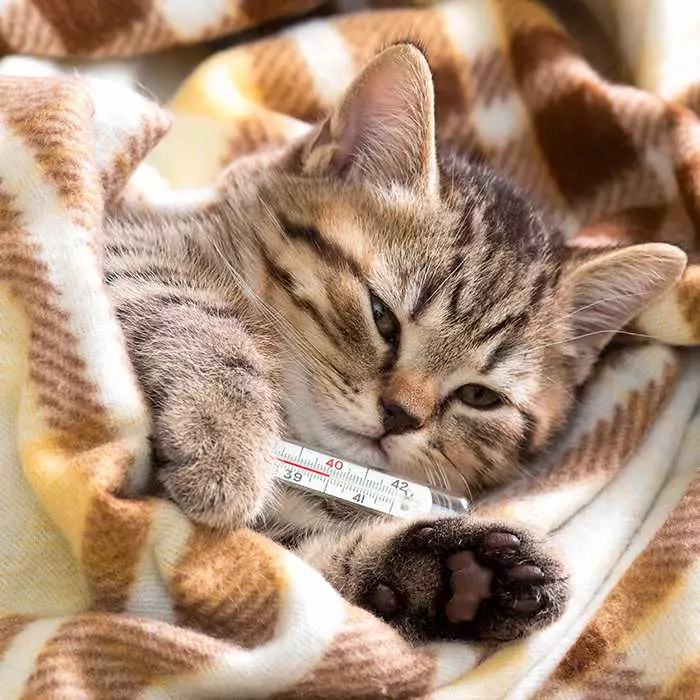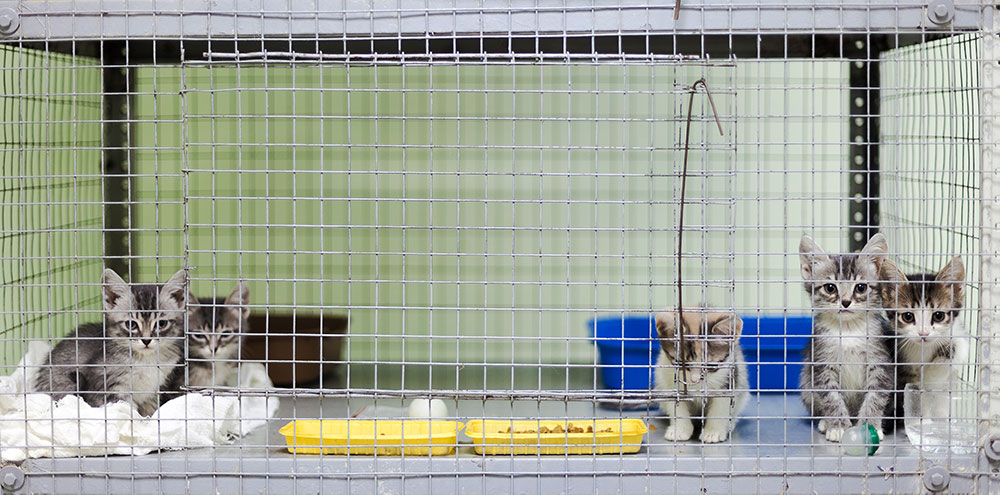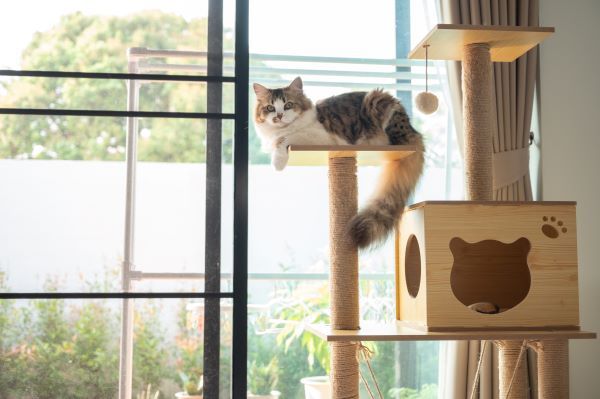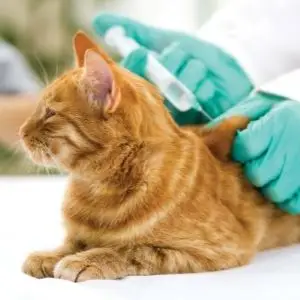Adopting a stray cat – do’s and don’ts
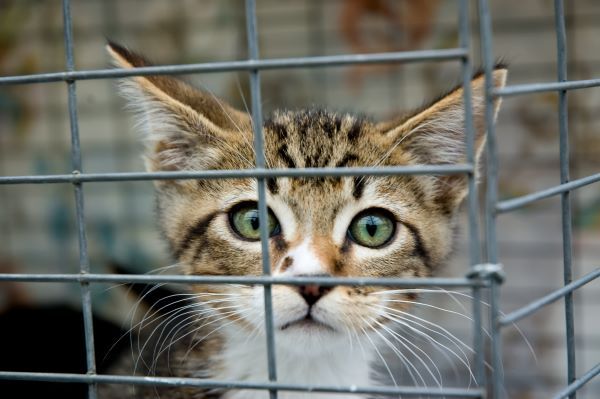
Some people swear that it’s the best thing they’ve ever done; some say despite their best efforts, it just didn’t work out. Regardless of others’ experiences, adopting a stray cat is always going to big commitment that should not be undertaken on a whim. Taking in a stray cat with an unknown history may very well turn out to be very rewarding in the long run, but is likely to require some pretty major adjustments, a huge amount of patience and financial resources to have the best chance of a successful outcome.
Do… your research
 Particularly if you haven’t previously owned a cat, it is important to be aware that although domestic cats are often independent and appear to be quite self-sufficient, they do require lots of care and affection from their owners. To avoid an unforeseen “cat-astrophe”, before you adopt please do lots of research and carefully consider the responsibilities of cat ownership and what may lie in store for you as a future cat-parent.
Particularly if you haven’t previously owned a cat, it is important to be aware that although domestic cats are often independent and appear to be quite self-sufficient, they do require lots of care and affection from their owners. To avoid an unforeseen “cat-astrophe”, before you adopt please do lots of research and carefully consider the responsibilities of cat ownership and what may lie in store for you as a future cat-parent.
Do… be aware that a stray cat may be sick or injured
Stray cats are at a much higher risk of of injury from falls, road accidents, snake bites and fights with other cats. They are also much more likely to suffer from contageous diseases as they are often exposed to other stray cats.
Cats are experts at hiding their pain, because in the wild pain is a sign of weakness to potential predators, so it may not be obvious to you that they have a problem. Always approach a stray cat slowly and cautiously, because if they are indeed sick or injured, they will be more inclined to react aggressively towards you.
Unsure how serious it is?
Bow Wow Meow policyholders can get access to trusted vet care anytime, anywhere, at no additional cost. Connect to an experienced Australian registered vet via video call, 24/7. Whether it’s providing vet advice, setting up at-home treatment plans, or confirming if you need to visit a vet in person, you can get help when you need it.
Find out more about our pet insurance cover options.
Do… know the difference between a stray cat and a feral cat
This is an important question when it comes to cat adoption, as the answer could be key to the potential success – or otherwise – of your efforts. Basically, a feral cat is a cat who has had minimal contact with humans, nor lived as a domesticated animal. Feral cats are fearful of people and survive on their own outdoors; they are essentially wild animals who are not socialised to people and are not likely to ever become a lap cat or enjoy living indoors. However, feral kittens – especially those less than 8 weeks old – often can be socialised and have been successfully adopted.
A stray cat is a domestic cat who was socialised to people at some point in her life but has since been abandoned or become lost. Over time, a stray cat can become feral as her contact with and dependence on humans diminishes. Under the right circumstances, stray cats can be reintroduced to domestic living, but they will most likely require some time to re-acclimate to an indoor lifestyle and they may be frightened and wary after spending time away from people. With a lot of patience, commitment and effort, a stray cat may rehabilitate into a contented house cat and companion.
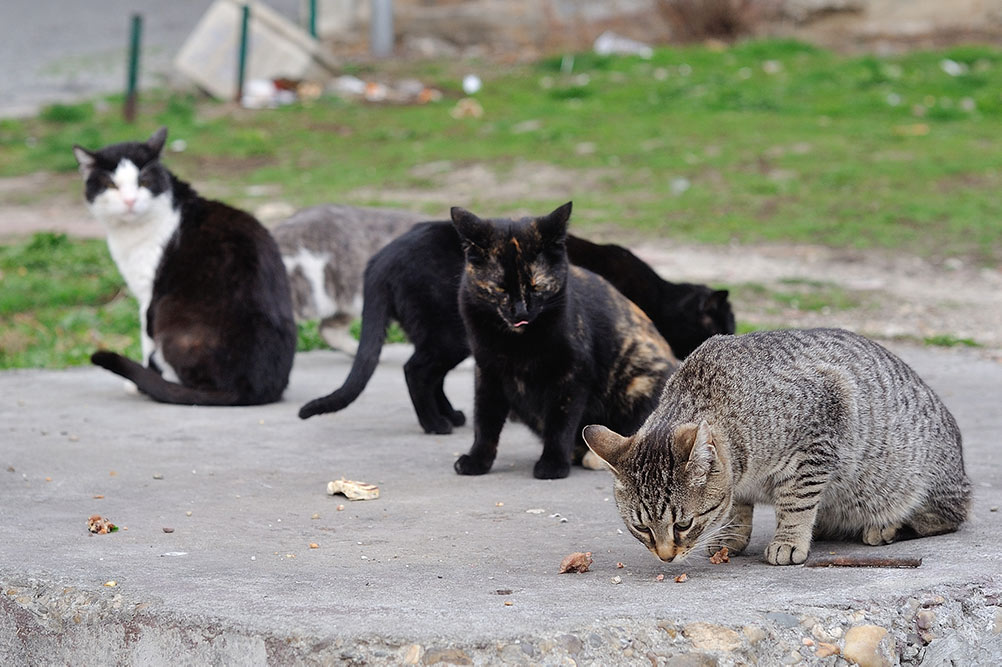
It’s not always easy to tell the difference between a stray and a feral cat, especially when they are trapped or frightened. Before you consider taking in a homeless cat, you will need to determine whether she has previously been socialised. Strays are usually more comfortable around people and will frequently attempt to live near them — under porches, or in garages, sheds, or backyards. Scared stray cats often need time to relax their guard and show their level of socialisation. After a while, you might get close to them and even tempt them inside.
Don’t… try to adopt a feral cat
If the cat appears to be feral or unable to be socialised, yet in good health, the best option may well be just to let her be. Pet Rescue, an Australian animal welfare charity that facilitates the adoption of stray animals, cautions that not all homeless cats are considered as lost; in fact, in almost every urban community, there are semi-owned or ‘community’ cats living happily amongst us. Pet Rescue says that with access to food and water, these cats have a high chance of survival.

So, if the cat is apparently healthy and in good condition, it’s probably best to leave her alone; don’t attempt to catch her and take her to a shelter or pound. However, if the cat appears to be in poor health or you are unsure what to do, it’s best to contact your local animal welfare organisation for advice. You can use Pet Rescue’s Rescue Directory to find organisations in your area.
 Basically, There are two ways to become the owner of a stray cat – either you can adopt from an animal shelter or rescue organisation, or you can feed and gradually befriend a homeless cat until she becomes comfortable enough to move in with you. In the latter case, you may think that you are adopting the cat, but in fact, it is more likely that the cat has decided to adopt you!
Basically, There are two ways to become the owner of a stray cat – either you can adopt from an animal shelter or rescue organisation, or you can feed and gradually befriend a homeless cat until she becomes comfortable enough to move in with you. In the latter case, you may think that you are adopting the cat, but in fact, it is more likely that the cat has decided to adopt you!
If you’ve been tempted to open your backdoor to a seemingly homeless moggy who’s been slinking around your yard in the hope of a handout, but runs off as soon as you approach, keep in mind that adoption isn’t always the best option. Adopting a seemingly stray or collarless cat off the street is not as straight-forward as adopting from a shelter, as there are several issues to consider.
Do… try very hard to find the owner
First and foremostly, even if the cat doesn’t seem friendly or socialised, she may still have an owner, so it’s vital to make sure that you’re not accidentally taking someone’s lost pet. Then again, not all cats that come around begging are necessarily lost – some may be wandering outdoor cats that have a home in your area and are attracted to something about your yard.
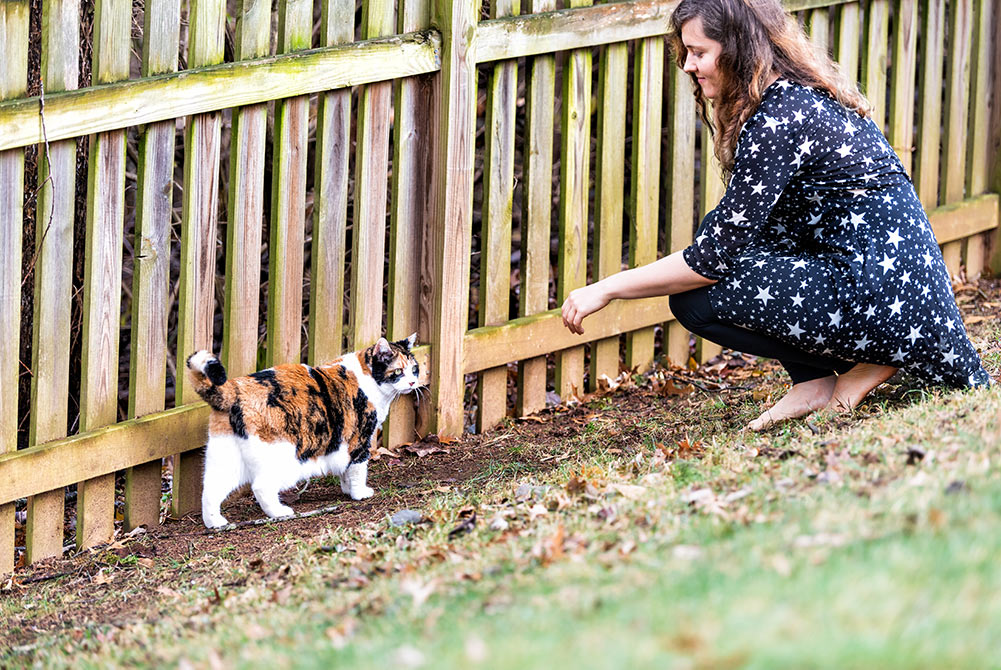
If there is any possibility that the cat has an owner, it is your responsibility to try as best as possible to reunite the cat with him or her. The first thing to do is to check for a collar or tag, and if you find one, to contact the owner. However, not having a collar or tag does not mean that a cat is unowned – plenty of cats have successfully removed these items from their necks.
And while many cats have microchip IDs, you can’t see or feel a microchip, so the cat will need to be scanned by a vet to check whether it has one.
If these steps don’t locate the owner, The Cat Protection Society of NSW advises that you should actively search your neighbourhood – ask around, contact local vets and your local council, put up posters and use social media. Post a photo and details of the cat on online forums and check lost and found notices (e.g. Lost Pet Finders and Lost Pets in NSW; also Gumtree and other local Facebook groups). Also try to find out whether anyone has moved into your neighbourhood recently; cats are particularly vulnerable when they’ve moved to a new house. If no owner is located after an extensive search, or if one is found who no longer wants or is able to care for the cat, you may then attempt to provide a new home for the cat – as long as she is amenable to it!



